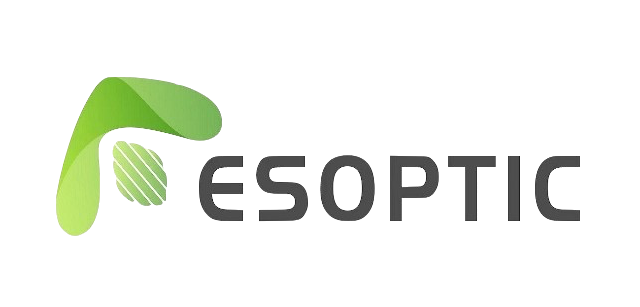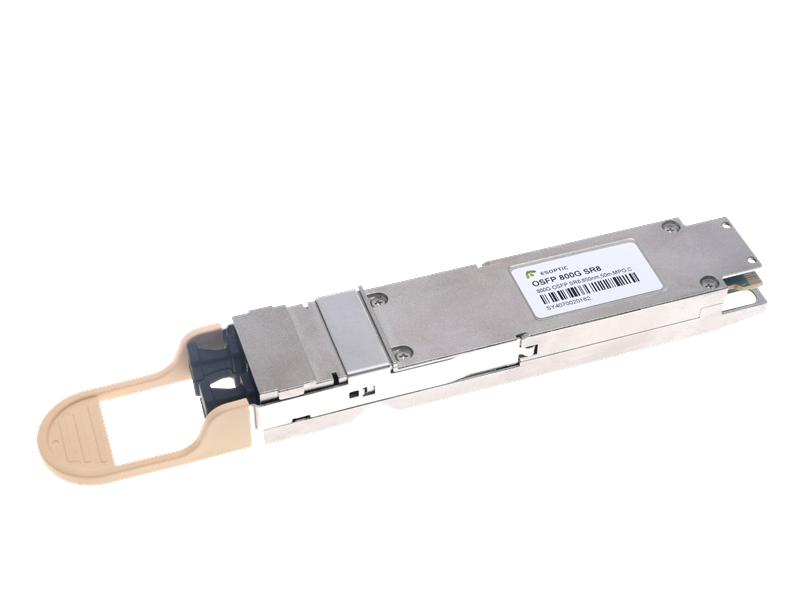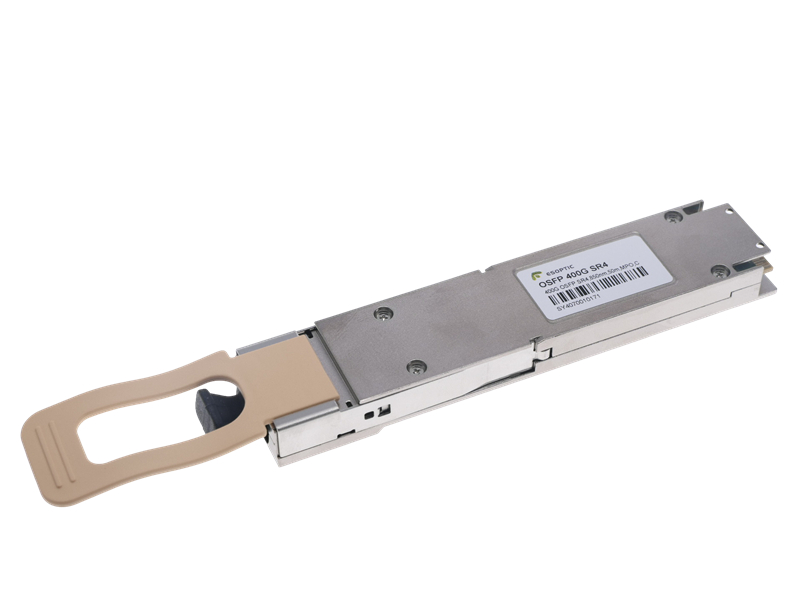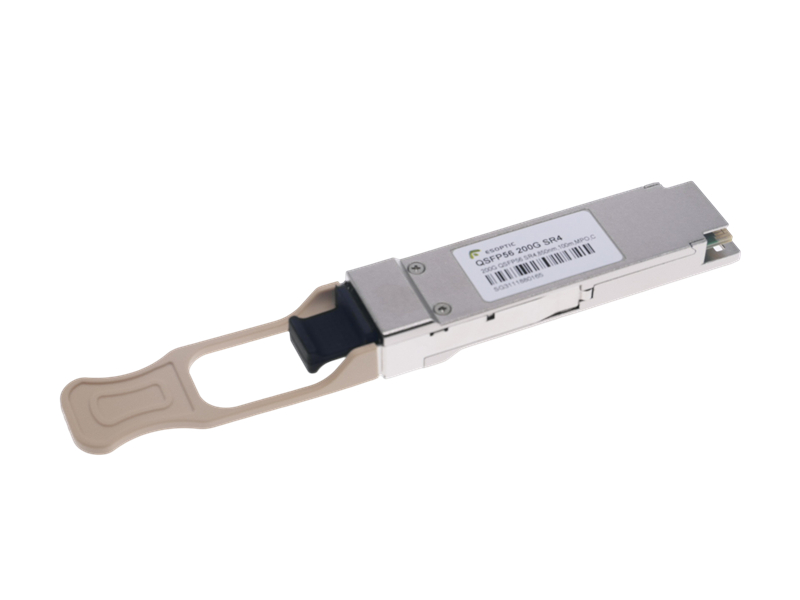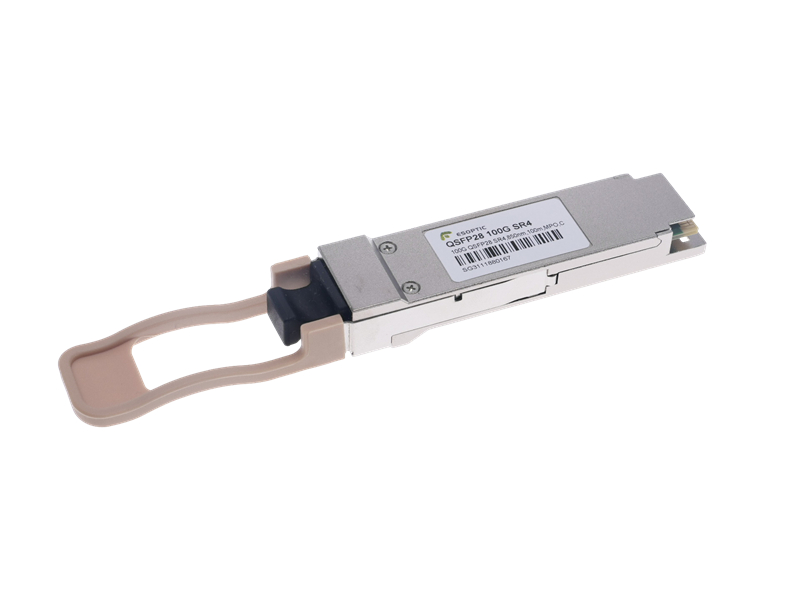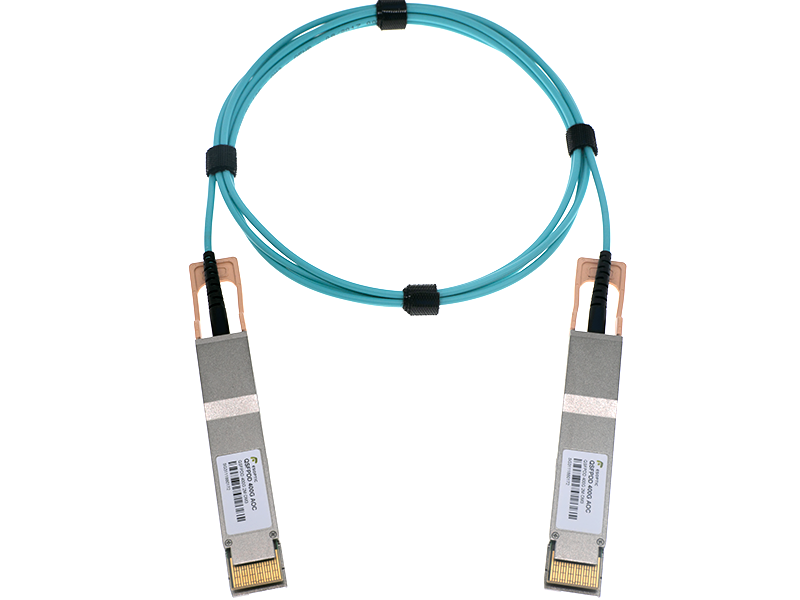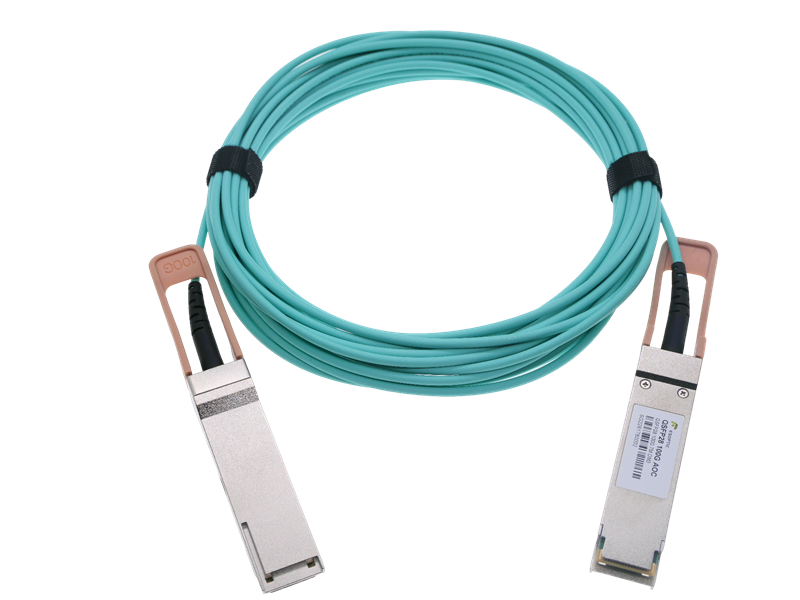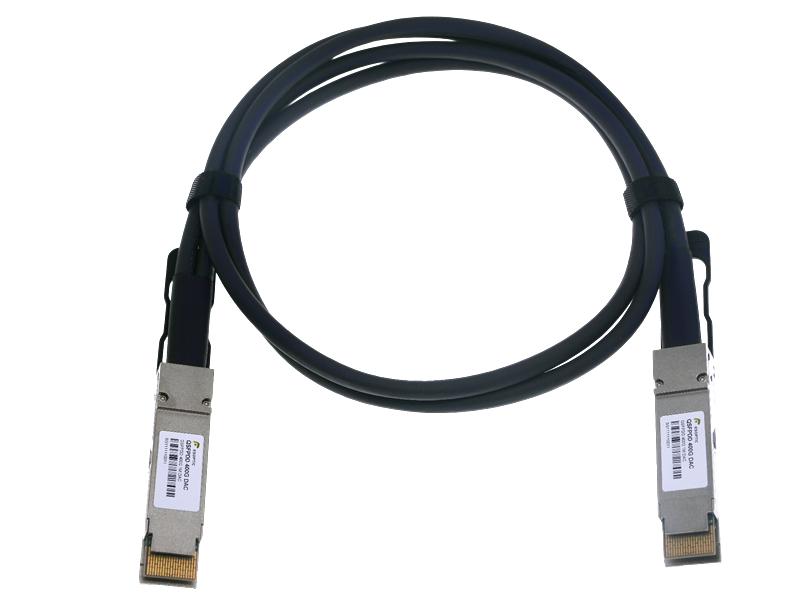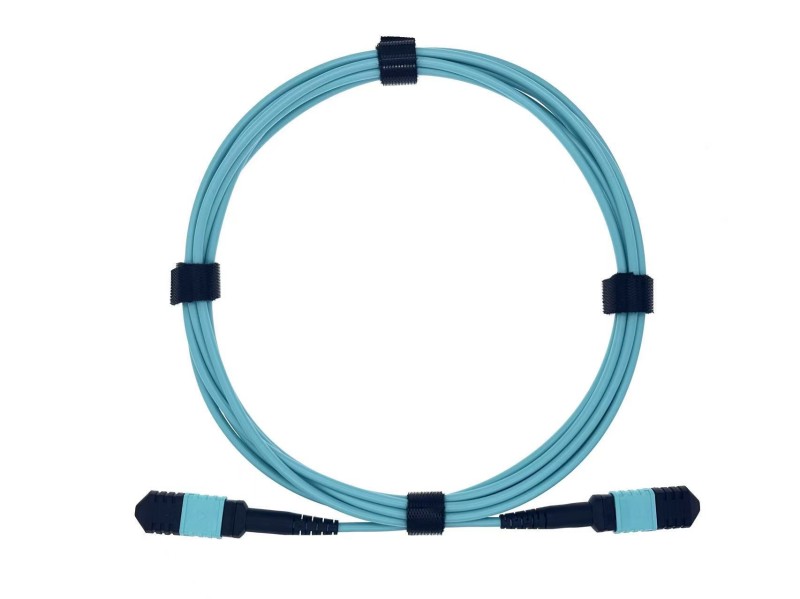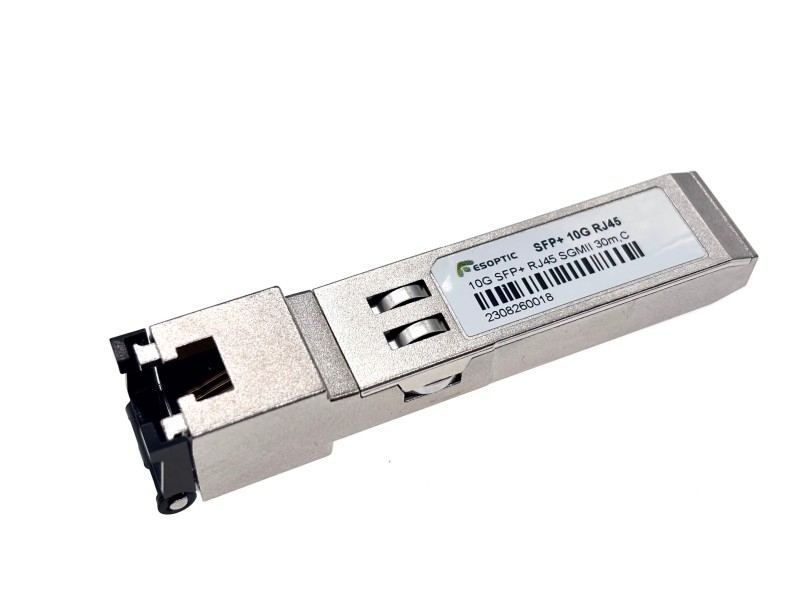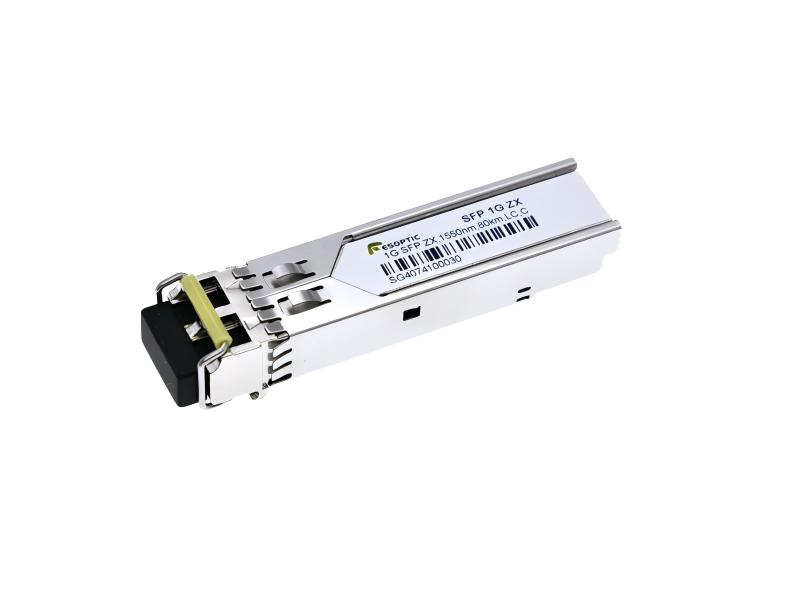A Deep Dive into 10G SFP+ SR, LR, ER, ZR & BASE-T
In high-speed networking environments, the 10G optical module has long become a foundational component. Whether you're connecting servers inside a data center or linking buildings across a campus network, choosing the right 10G SFP+ module can significantly impact your system's performance, reliability, and cost-efficiency.
But with so many types—SR, LR, ER, ZR, BASE-T—and so many vendors claiming compatibility, how do you make the right call?
This article provides a practical, engineering-level comparison of 10G SFP+ types, helping you evaluate which 10G optical module best fits your application.
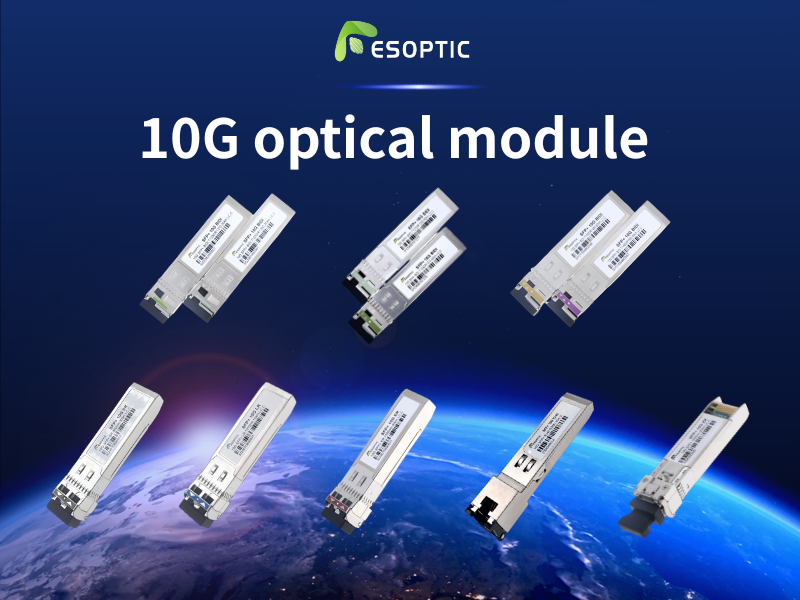
Understanding the 10G Optical Module Landscape
The term 10G optical module generally refers to hot-pluggable transceivers in SFP+ form factor that support 10 Gigabit Ethernet (10GbE) transmission. A typical 10G SFP+ transceiver integrates a laser transmitter, a photodiode receiver, and a control IC within a compact housing. It operates over either multimode or single-mode fiber (MMF or SMF), and even copper via BASE-T interfaces.
Why has the 10G SFP+ become the de facto standard for 10GbE? Its size, power efficiency, and industry-wide adoption make it a go-to component for both enterprise networks and carrier-grade infrastructure.
Technical Comparison: SR vs LR vs ER vs ZR vs BASE-T
Below is a technical comparison of the most common types of 10G transceivers, based on reach, fiber type, wavelength, and typical use:
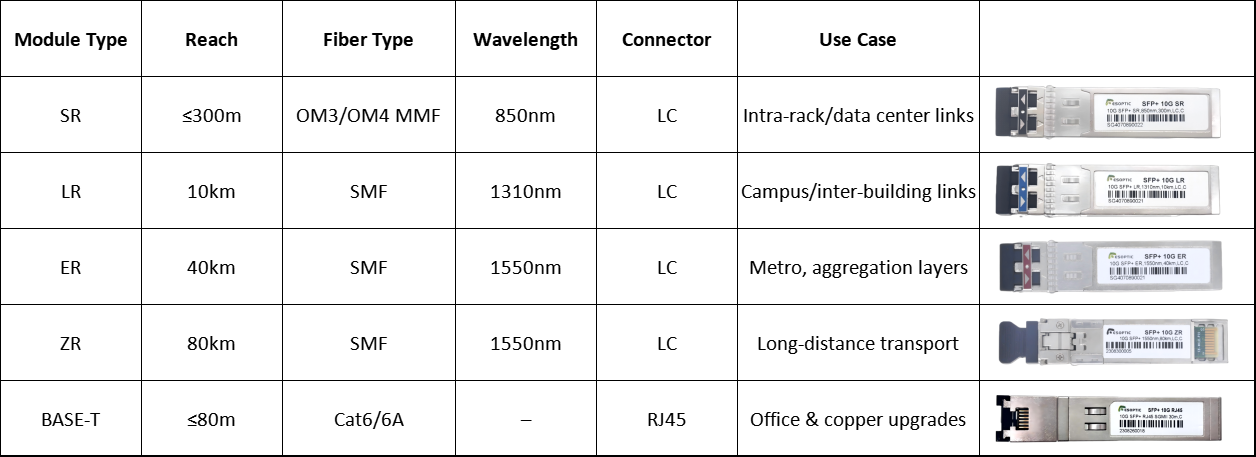
SR – Short Reach
The 10G SFP+ SR module uses an 850nm VCSEL laser and is designed for short-range communication over multimode fiber. It supports distances up to 300m (OM3) or 400m (OM4). It’s the most cost-effective and widely deployed option in intra-rack or adjacent cabinet links in data centers.
LR – Long Reach
The 10G SFP+ LR transceiver operates on 1310nm over single-mode fiber, achieving distances up to 10km. It's ideal for building-to-building links, enterprise campus networks, or carrier access aggregation.
ER – Extended Reach
10G ER modules push the transmission range to 40km using 1550nm DFB lasers. They are deployed in regional networks and often used in telco environments, where space and power savings are critical.
ZR – Ultra Long Reach
For point-to-point connections up to 80km, the 10G ZR module is the top-tier solution. While it consumes slightly more power, it eliminates the need for signal regeneration or OEO conversions across long-haul fiber paths.
BASE-T – Copper Connectivity
The 10G SFP+ BASE-T module delivers 10GbE over standard Cat6 or Cat6a cabling using RJ45 connectors. It's plug-and-play, requires no fiber installation, and supports up to 80m of distance. Ideal for environments retrofitting legacy copper infrastructure into higher-speed networks.
Which 10G SFP+ Module Should You Choose?
1. For Data Centers
Use 10G SR for top-of-rack to end-of-row switch connections.
Use AOC/DAC for even shorter connections with cost savings.
2. For Campus or Enterprise Buildings
10G LR provides optimal coverage for inter-building backbone.
ER or ZR is useful when centralizing distributed resources across campuses.
3. For Metro Ethernet or Telco
10G ER and ZR modules offer long-reach and performance stability, especially in outdoor environments.
Consider using industrial temperature-rated modules if exposure is expected.
4. For Office or Copper Environments
10G BASE-T is perfect for legacy upgrades, IT departments, or spaces where fiber termination is costly or unavailable.
Critical Factors When Selecting a 10G Transceiver
Even when you’ve determined the correct type, not all 10G SFP+ modules are equal. Consider the following:
Compatibility: Ensure your module works seamlessly with your brand's switches or routers (Cisco, HPE, Arista, Juniper, etc.).
Power Consumption: BASE-T modules can draw over 2W; ZR modules may need heatsinks.
Digital Diagnostic Monitoring (DDM): A vital feature for real-time temperature, voltage, and TX/RX power monitoring.
Fiber Type: Avoid mismatching MMF modules with SMF cables or vice versa.
Temperature Range: Use industrial-grade (–40°C to +85°C) modules in harsh environments.
ESOPTIC 10G Optical Modules: Engineered for Performance
At ESOPTIC, we specialize in providing high-quality, compatible 10G optical modules across all major types. Every 10G SFP+ transceiver is rigorously tested for:
Compatibility across more than 30 mainstream switch brands
Eye diagram, BER, and real-time DDM performance
Signal integrity and aging under stress conditions
RoHS, CE, and ESD compliance
Our product lineup includes:
10G SFP+ SR / LR / ER / ZR
10G SFP+ BiDi & CWDM options
10G BASE-T RJ45 copper modules
Customized solutions for industrial and telecom applications

Real-World Use Case: Data Center Upgrade with 10G SFP+
One of our clients—a regional cloud service provider—upgraded their access switches from 1G to 10G. With pre-installed OM3 cabling, they deployed over 500 units of 10G SFP+ SR modules supplied by ESOPTIC.
By leveraging our modules' full compatibility and low failure rate, they completed the upgrade in just three days—no re-cabling required, zero packet loss during live migration.
FAQ: 10G Optical Modules
Q: Can I mix SR and LR modules in the same network?
Yes, as long as each end of the fiber link uses the correct transceiver type.
Q: How can I test if a 10G SFP+ is compatible with my switch?
Insert the module and verify link light, DDM readings, and error-free traffic. We recommend checking the vendor’s compatibility matrix.
Q: Is 10G SFP+ still relevant in 2025?
Absolutely. While 25G and 100G are rising, 10G optical modules remain dominant in enterprise access, cloud edge, and industrial networks.
Final Thoughts
The right 10G optical module is more than just a connector—it's a critical piece in achieving high-speed, stable, and future-proof networking. Whether you're building a hyperscale data center or upgrading office infrastructure, understanding the nuances between 10G SFP+ SR, LR, ER, ZR, and BASE-T ensures you're investing wisely.
Looking for reliable, high-performance, and fully compatible 10G transceivers? Talk to ESOPTIC — your trusted partner in optical connectivity.
